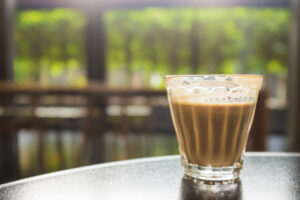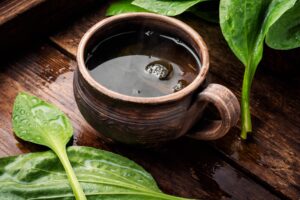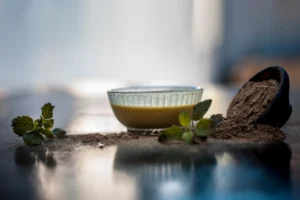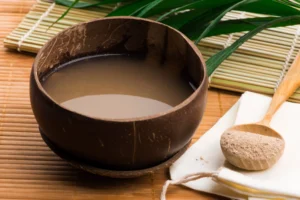Kava is a traditional herbal beverage that has been consumed for centuries in the South Pacific for its calming and relaxing effects. It is important to assess the quality of kava to ensure that it is effective and safe for consumption. Here are some key factors to consider:
Variety: There are many different varieties of kava, but the two most commonly used are noble kava and tudei kava. Noble kava is known for its calming effects and is considered the highest quality. Tudei kava, on the other hand, is more potent but is also more likely to cause negative side effects such as nausea and headaches. It is important to choose a reputable supplier who sources only noble kava to ensure that you are getting a high-quality product.
Age: The age of the kava plant can also affect its quality. Generally, the older the plant, the stronger the kava will be. However, kava that is harvested too early may be weak and ineffective, while kava that is harvested too late may be overly potent and difficult to consume. Therefore, it is important to find a supplier who harvests their kava at the optimal time to ensure that you are getting a high-quality product.
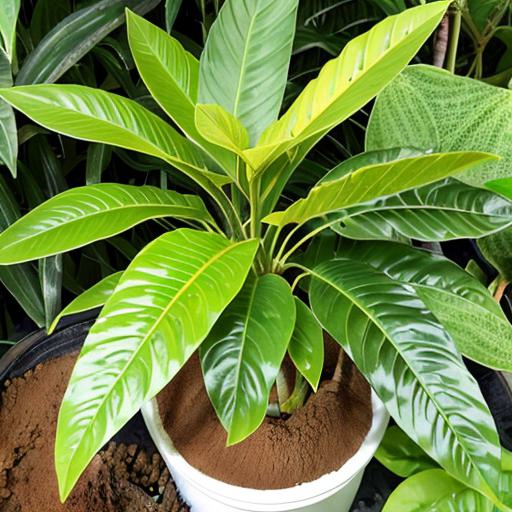
Facts about high quality kava
Processing methods: The way that kava is processed can also impact its quality. Traditional methods involve pounding the kava roots into a pulp and mixing them with water to create a drink. Some modern methods involve grinding the root into a powder, which can be more convenient but may also result in a lower-quality product. Additionally, some producers may add additives or other chemicals to the kava, which can reduce its quality. Ideally, kava should be prepared using traditional methods, without the use of additives or other chemicals.
Color: The color of kava can also provide clues about its quality. High-quality kava is typically beige or tan in color, while lower-quality kava may be brown or even black. This can be due to factors such as the age of the kava, the processing methods used, or the presence of contaminants. Therefore, it is important to visually inspect the kava before consuming it to ensure that it is of high quality.
Taste: Finally, the taste of kava can also indicate its quality. High-quality kava is generally bitter and earthy, with a slightly numbing effect on the tongue and mouth. Lower-quality kava may be sweeter or more pungent, or may have a harsh or unpleasant taste. It is important to taste the kava before consuming it to ensure that it is of high quality.
Case Studies: In 2016, a study published in the Journal of Ethnopharmacology found that some kava supplements sold in the United States contained little or no active kavalactones, the compound responsible for kava’s calming effects. This highlights the importance of sourcing kava from reputable suppliers who use high-quality noble kava. In 2018, a study published in the Journal of Food and Chemical Toxicology found that kava supplements sold in Europe contained high levels of toxic alkaloids. This underscores the importance of visually inspecting kava and choosing a supplier who uses traditional processing methods without the use of additives or chemicals.

